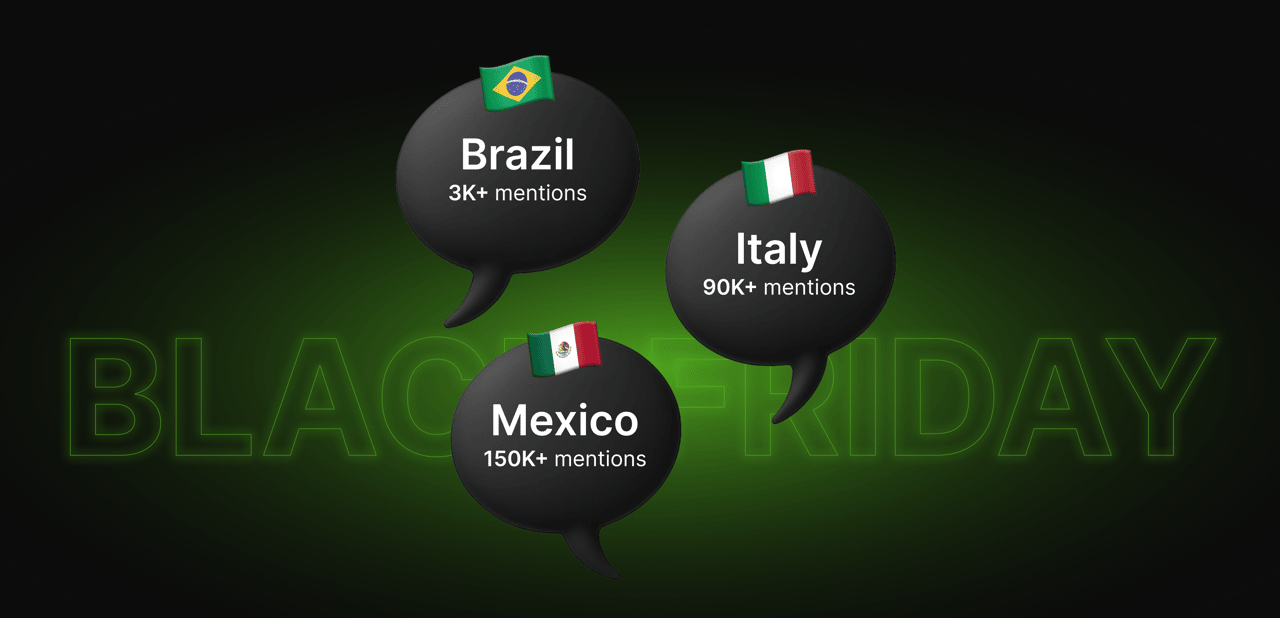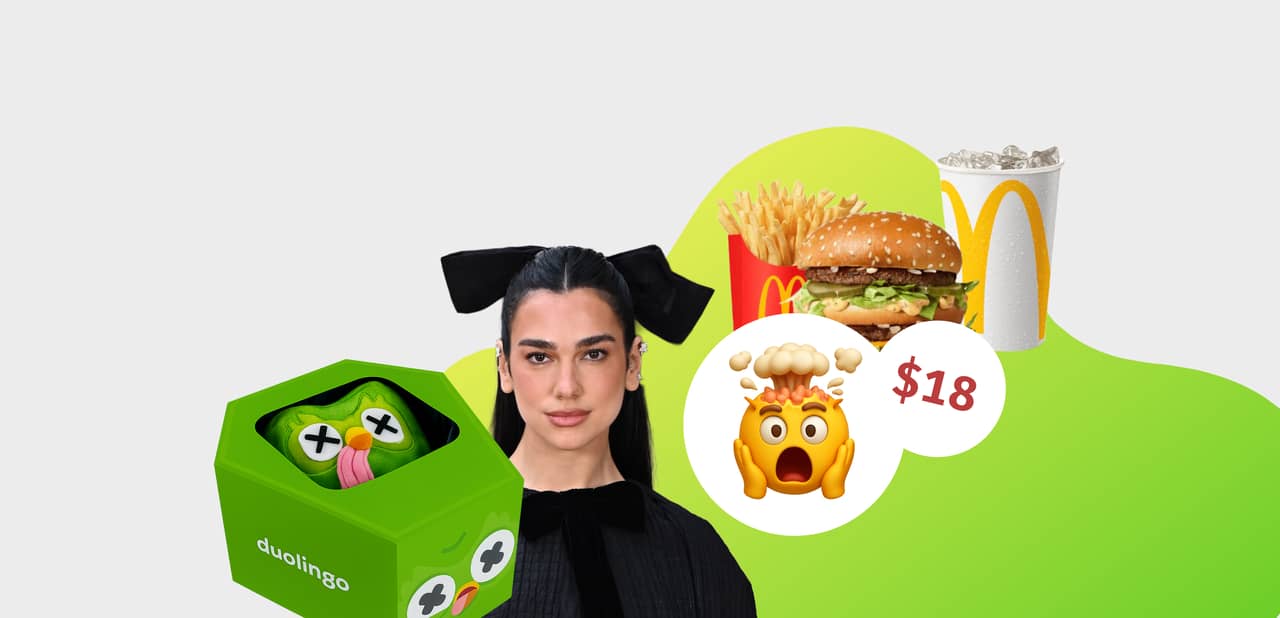How to Build Brand Partnerships That Actually Work
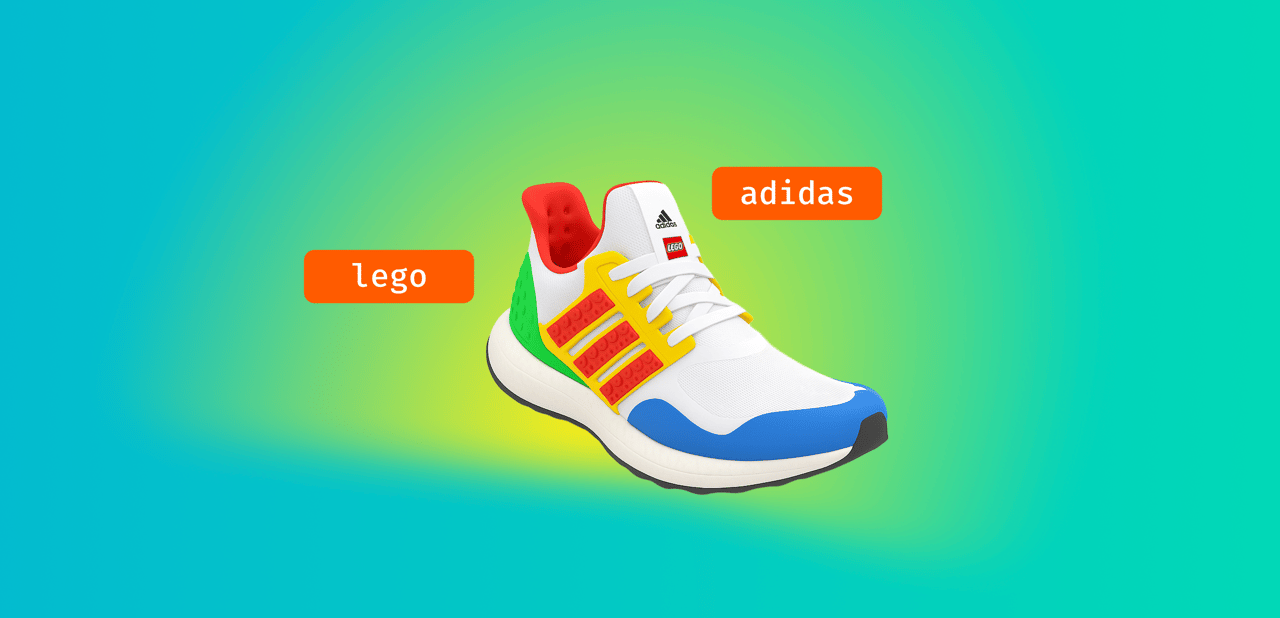
You’ve seen them everywhere—two logos side by side on a sneaker drop, an unexpected product mashup going viral on TikTok, or a joint campaign that just makes sense. Brand partnerships are having a moment—and for good reason.
Done right, they’re not just buzzworthy—they’re strategic. This article breaks down what makes a brand partnership actually work in 2025—and how you can build one that people will talk about (in a good way).
What are brand partnerships?
Brand partnerships are strategic collaborations between two or more brands aimed at creating campaigns, products, or experiences that benefit both sides, whether through exposure, engagement, or actual sales.
But today’s brand-to-brand partnerships go far beyond slapping two logos on the same package. In 2025, brand collaborations are about storytelling, shared values, and target audience chemistry.
You’ll find partnerships like:
Crocs x Taco Bell – a Gen Z-fueled product drop that turned fast food into fashion (yes, there were Baja Blast-colored clogs).
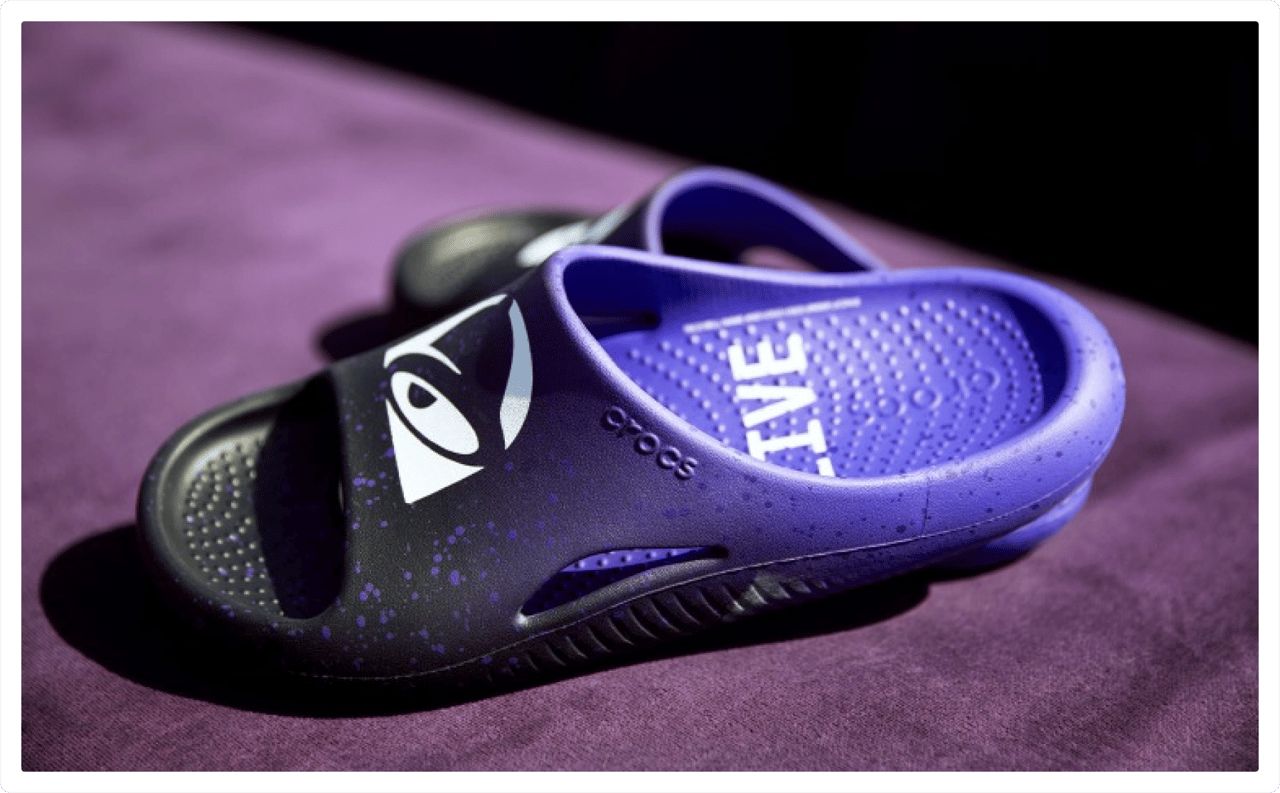

Source: Taco Bell
LEGO x Adidas – a creative fusion that brought playfulness into performance wear, including LEGO brick shoeboxes and sneaker design nods to the classic toy.
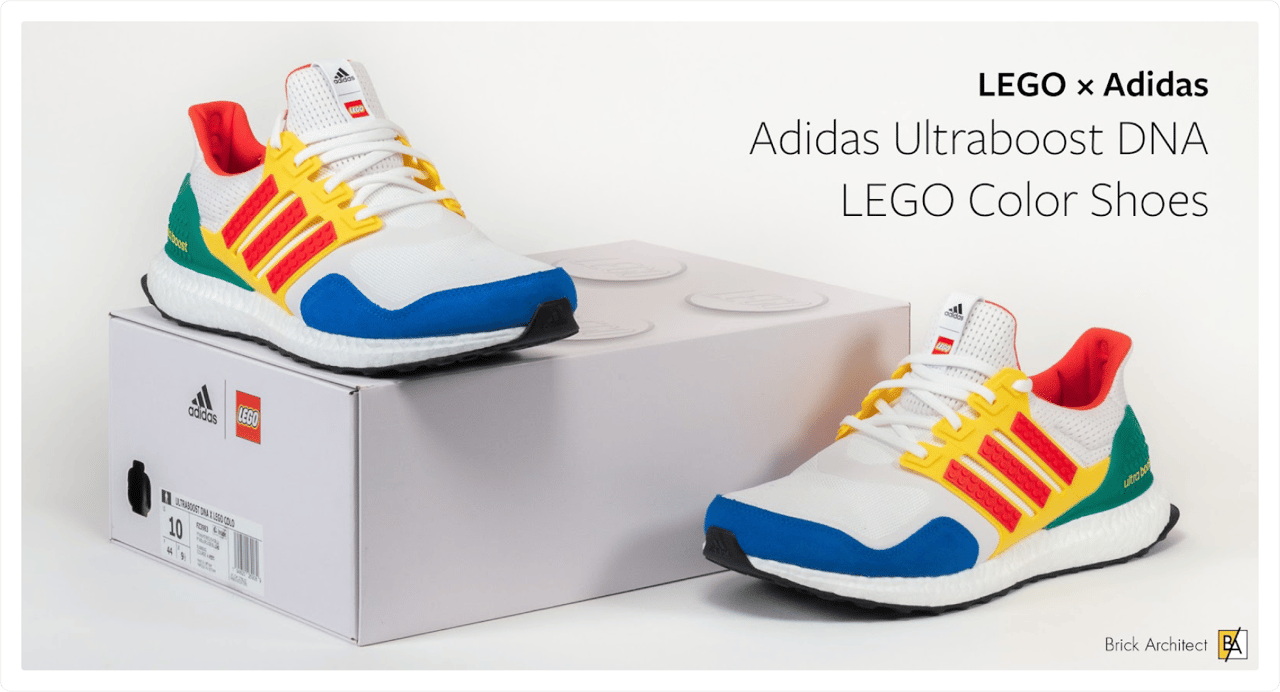

Source: Brick Architect
Balmain x Barbie – a couture-meets-icon collab that spanned digital NFTs and physical apparel, reintroducing Barbiecore with Paris runway flair.
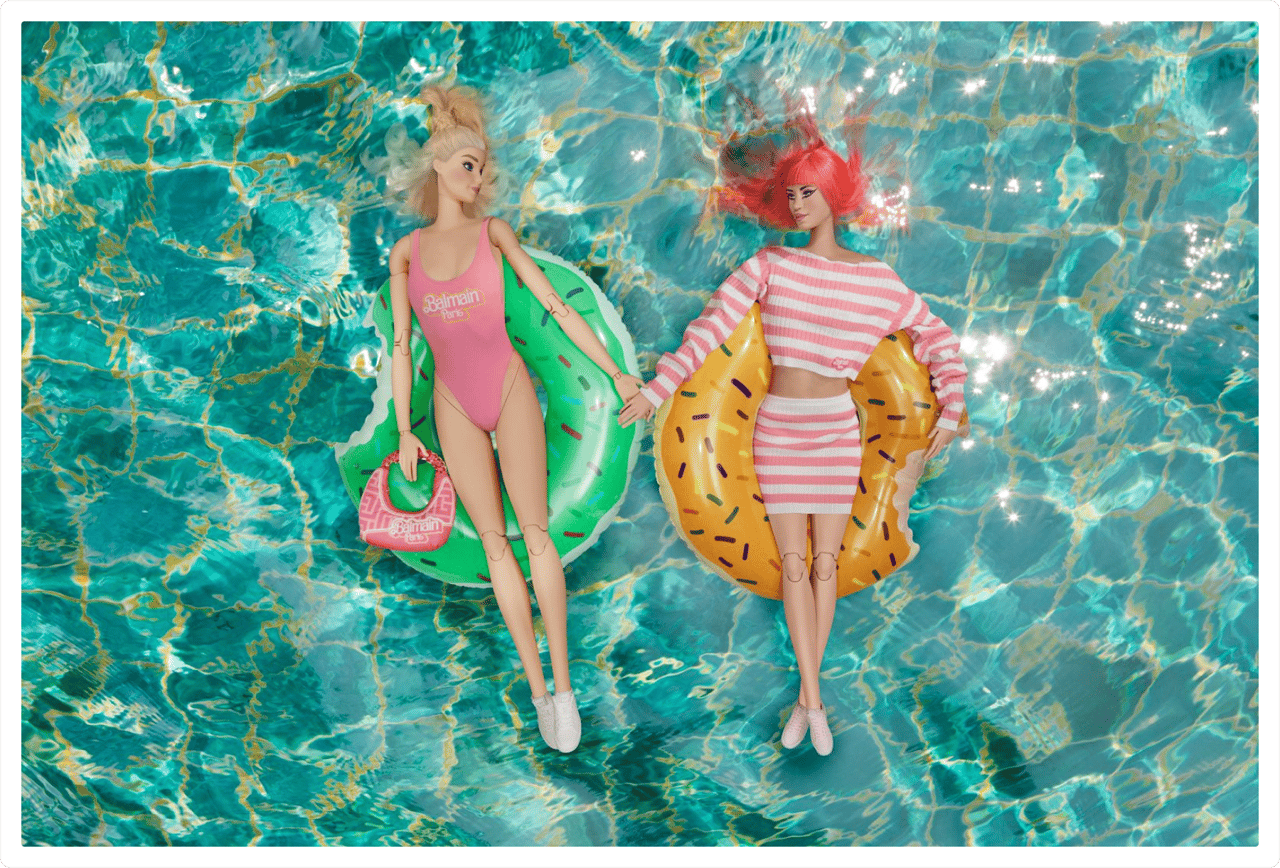

Source: Vogue
CeraVe x Michael Cera (2024) – a tongue-in-cheek campaign that blurred parody and promo, sparking thousands of organic mentions and memes before the official reveal. This is an example of how successful collaborations are made with a personal brand that the audience loves.

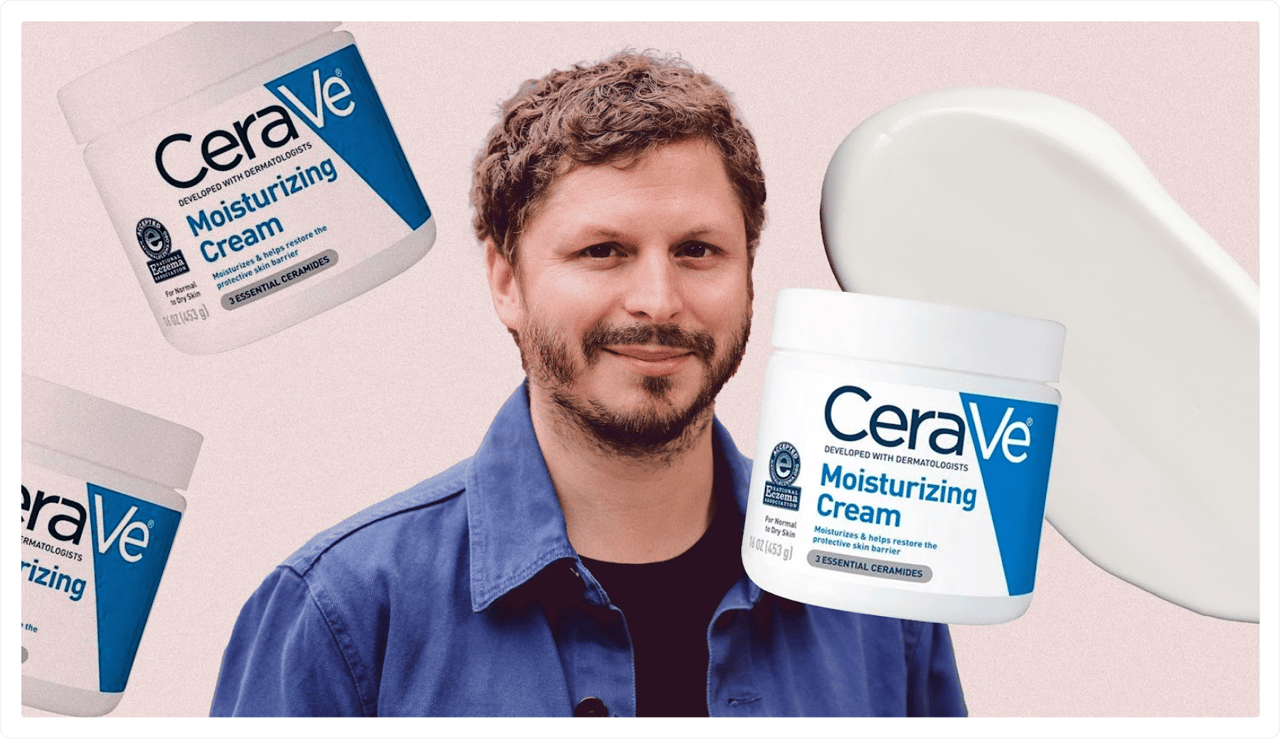
Source: Allure
These collabs show that partnerships can be product-driven, creator-led, or even meta-cultural—but the goal is always mutual value, creative synergy, and audience delight.
Why brand partnerships work
At their best, brand partnerships aren’t just clever—they’re strategic. They tap into key marketing psychology while solving real business challenges, resulting in a mutually beneficial relationship for both parties.
Here’s why they’re so effective:
Shared audiences and expanded reach
Partnering with a brand that shares a similar or complementary audience gives you access to new communities. One simple market research and you're close to reaching out to the right partner.
Take Supreme x Louis Vuitton: a luxury-meets-streetwear collaboration that introduced high fashion to hypebeasts and Supreme to a global luxury market. Both brands gained cultural capital and fresh eyeballs from each other's loyal customers.
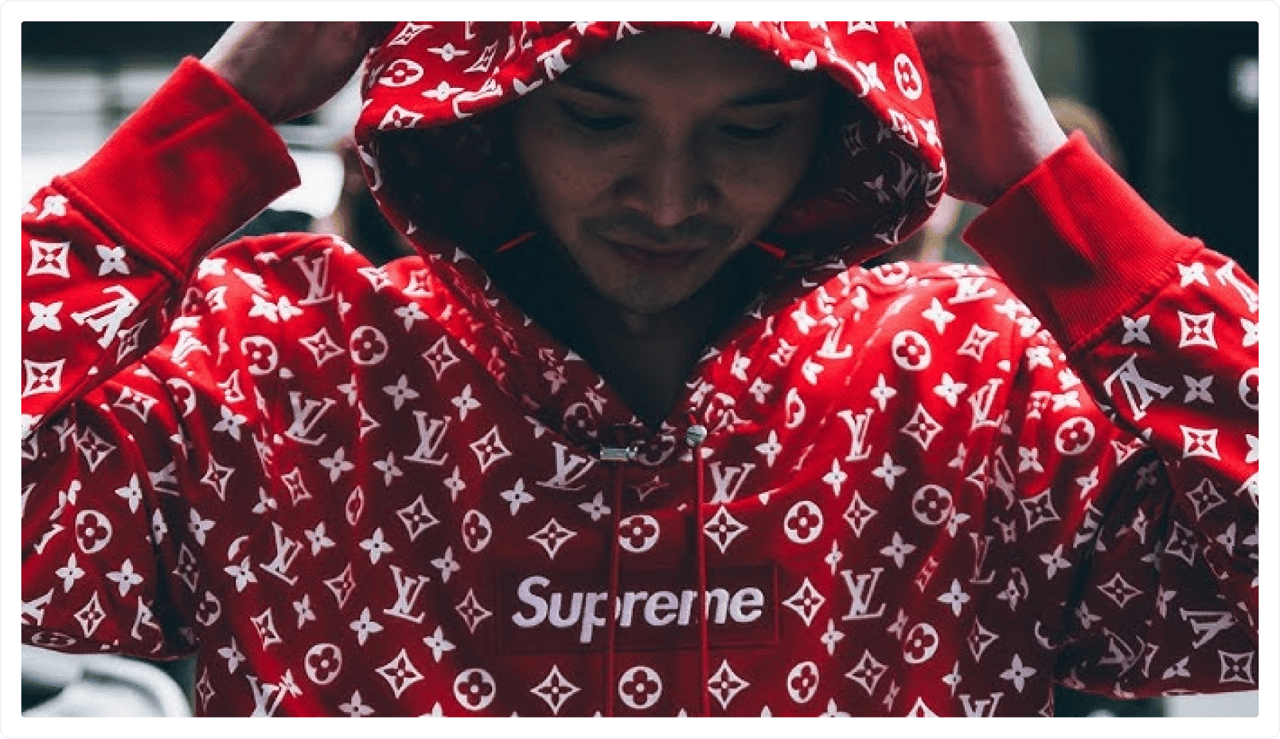

Source: YouTube
Borrowed brand equity and trust
When one brand is already trusted by its audience, a partnership can extend that trust to the other. An excellent example is Gucci x North Face. Gucci benefited from North Face’s rugged, outdoorsy credibility, while North Face got a dose of high-fashion prestige, appealing to younger, more fashion-forward shoppers with this apparel collection.
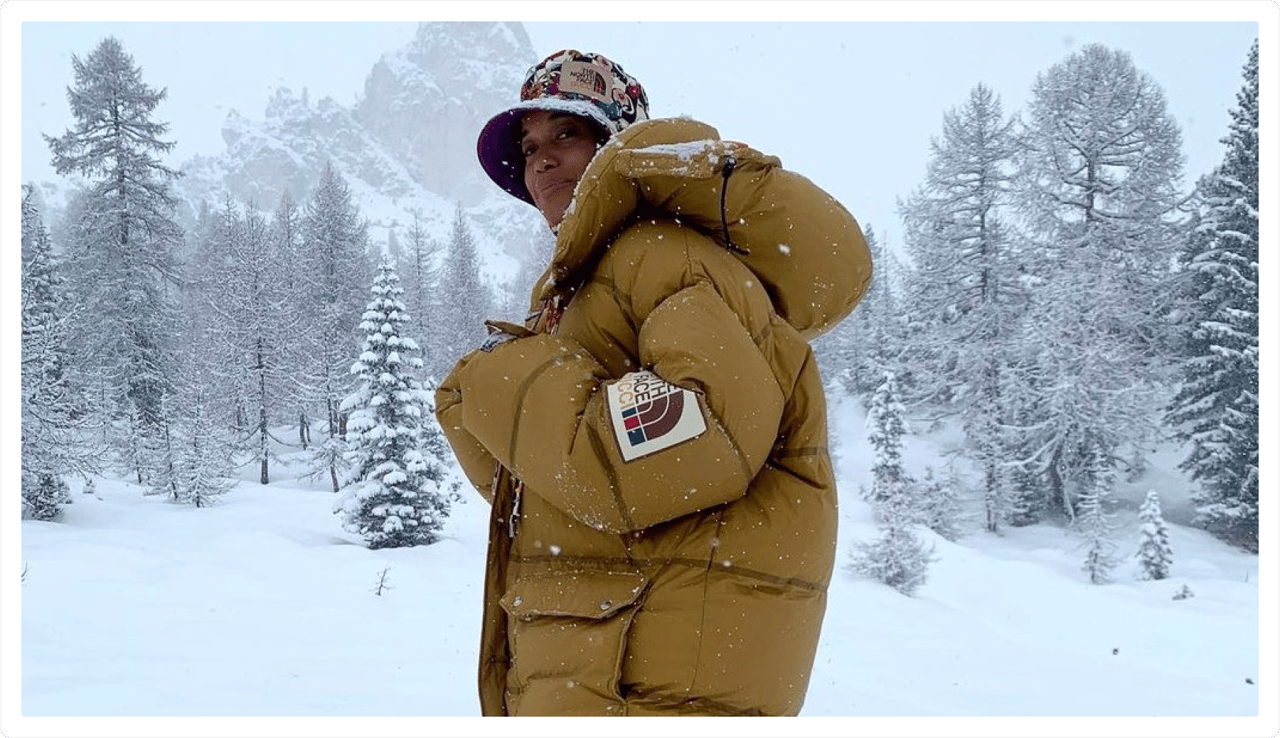

Source: Grazia
Creativity unlocked through collaboration
Two creative teams bring different perspectives, aesthetics, and ideas. That tension often leads to something unexpected. The LEGO x Adidas partnership didn’t just produce sneakers—it created a new design language that merged fun and function. The result was something neither brand would have come up with alone.
In the same way, Kanye West has designed a luxury sneaker line for Louis Vuitton, releasing models like the “Jasper,” “Don,” and “Mr. Hudson.” Louis Vuitton saw cultural capital in hip-hop and youth culture long before it was the norm. It also solidified Kanye’s aspirations beyond music.


Source: Hypebeast
Cost-effective content production
Sharing production costs, talent, and distribution channels makes branded content cheaper—and often better. For example, Crocs x Taco Bell relied heavily on organic buzz across social media platforms and fan participation. The campaign generated thousands of mentions across TikTok and Twitter with minimal paid media. Their social media analytics literally light up.
Social virality and cultural relevance
When the partnership feels surprising, authentic, or timely, people talk about it.
These collabs thrive in fashion and lifestyle because they tap into how people express identity. Whether it’s nostalgia (like Barbie x Balmain) or absurdity (like IKEA x Virgil Abloh), the best ones simply stand out and feel like part of the cultural conversation.
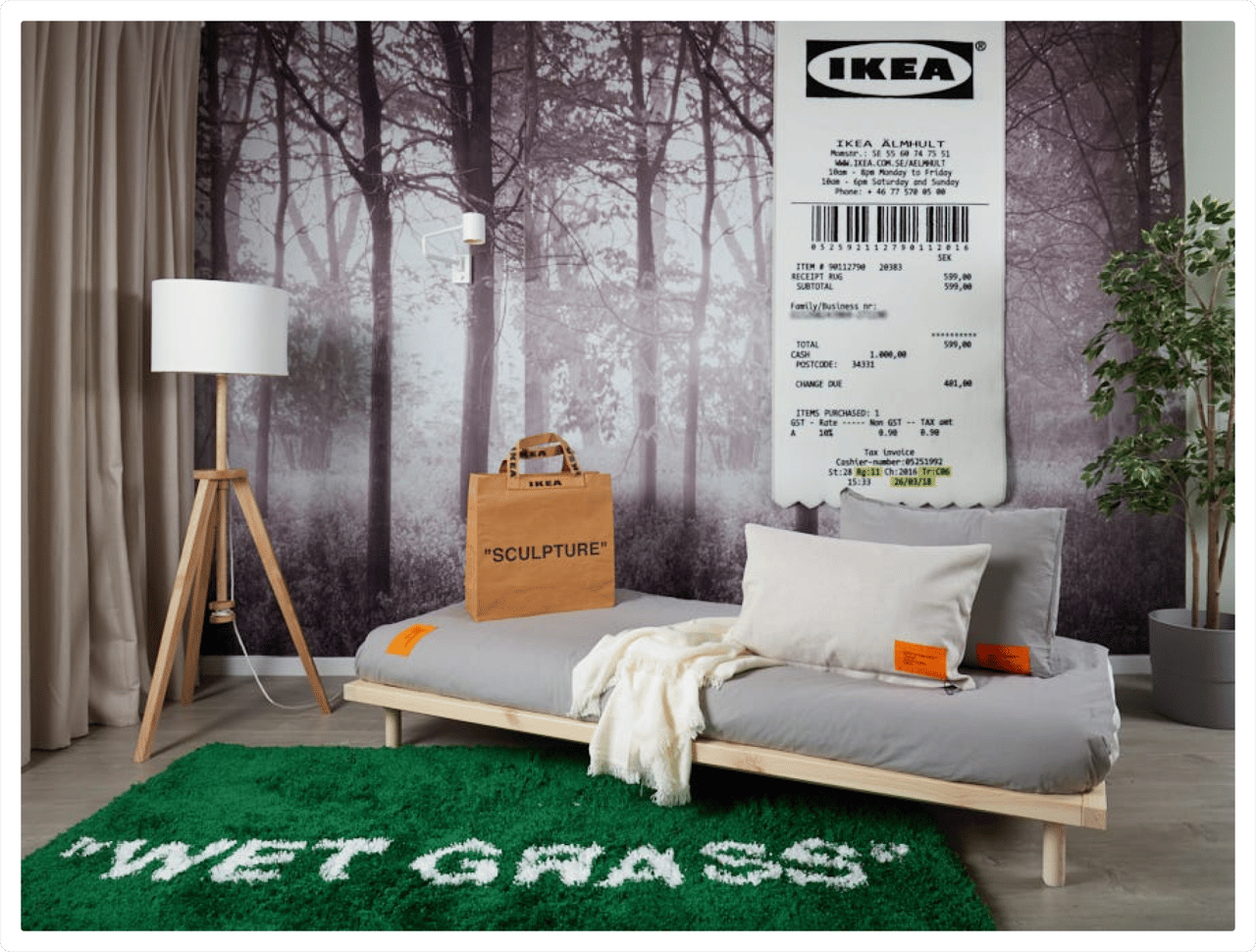

Source: HouseBeautiful
Types of brand partnerships to consider
Brand collaborations vary from industry to industry, because what works in fashion simply doesn't stand a chance for an ice cream brand (or does it?).
The format you choose depends on your goals—whether that’s launching a product, telling a story, reaching a broader audience, or making an impact.
Here are some of the most effective types of partnerships brands are exploring in 2025:
Co-branded product collaboration
This is one of the most visible formats—two brands come together to create a physical or digital product. Think Beats by Dre x Balmain or Oreo x Supreme.
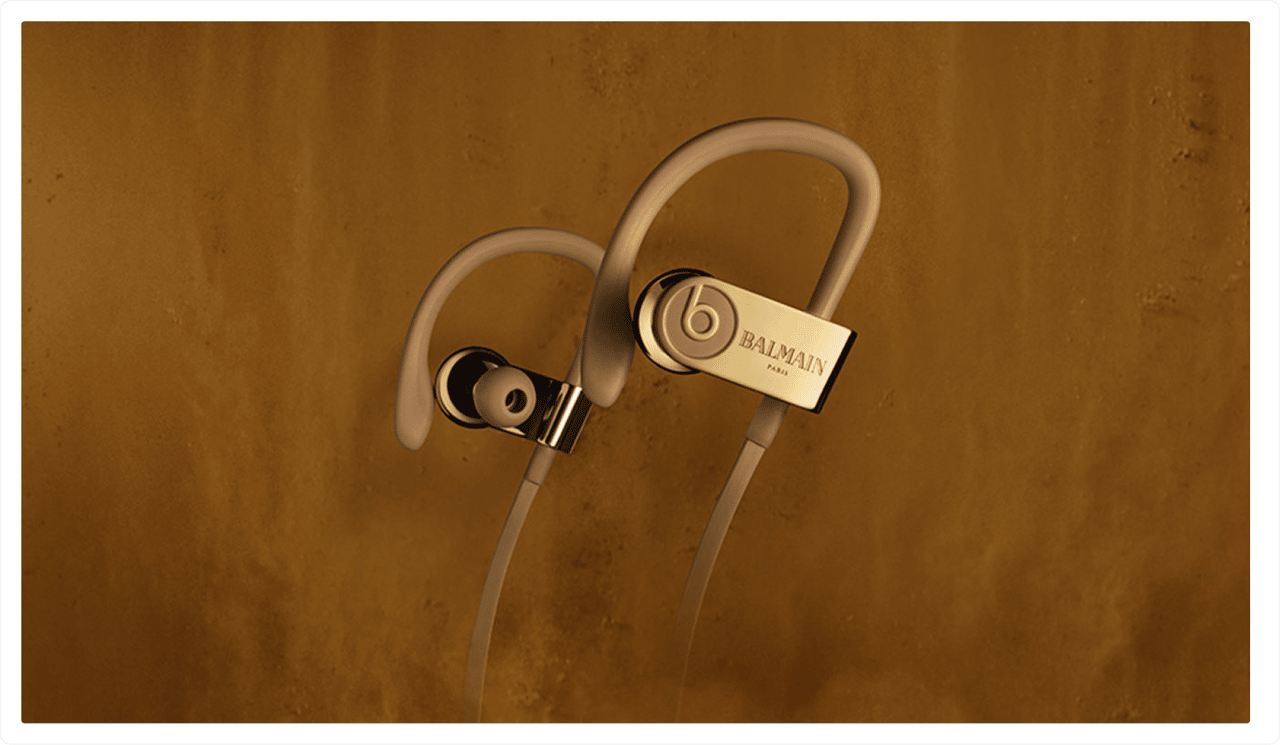

Source: Balmain
This approach works well when both brands bring something unique to the table: one might offer cultural cachet, the other manufacturing power. Co-branded drops are especially effective for building hype and driving limited-edition sales.

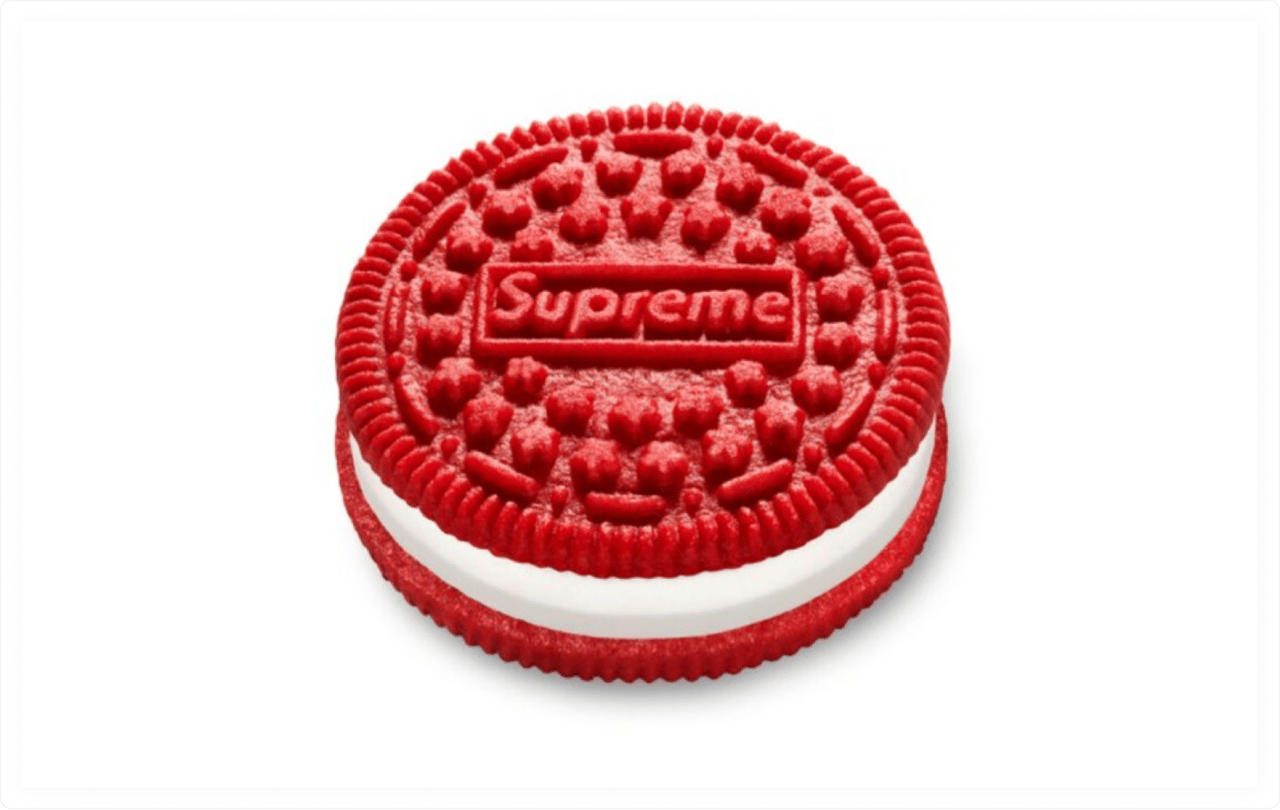
Source: Oreo
Joint campaigns and brand-to-brand partnerships
Sometimes the product stays the same, but the message is shared.
Joint campaigns work when two brands want to align on a theme or narrative, like Spotify x Ancestry, which explored music and heritage, or Nike x Apple, which fused wellness with tech in their running app integration.
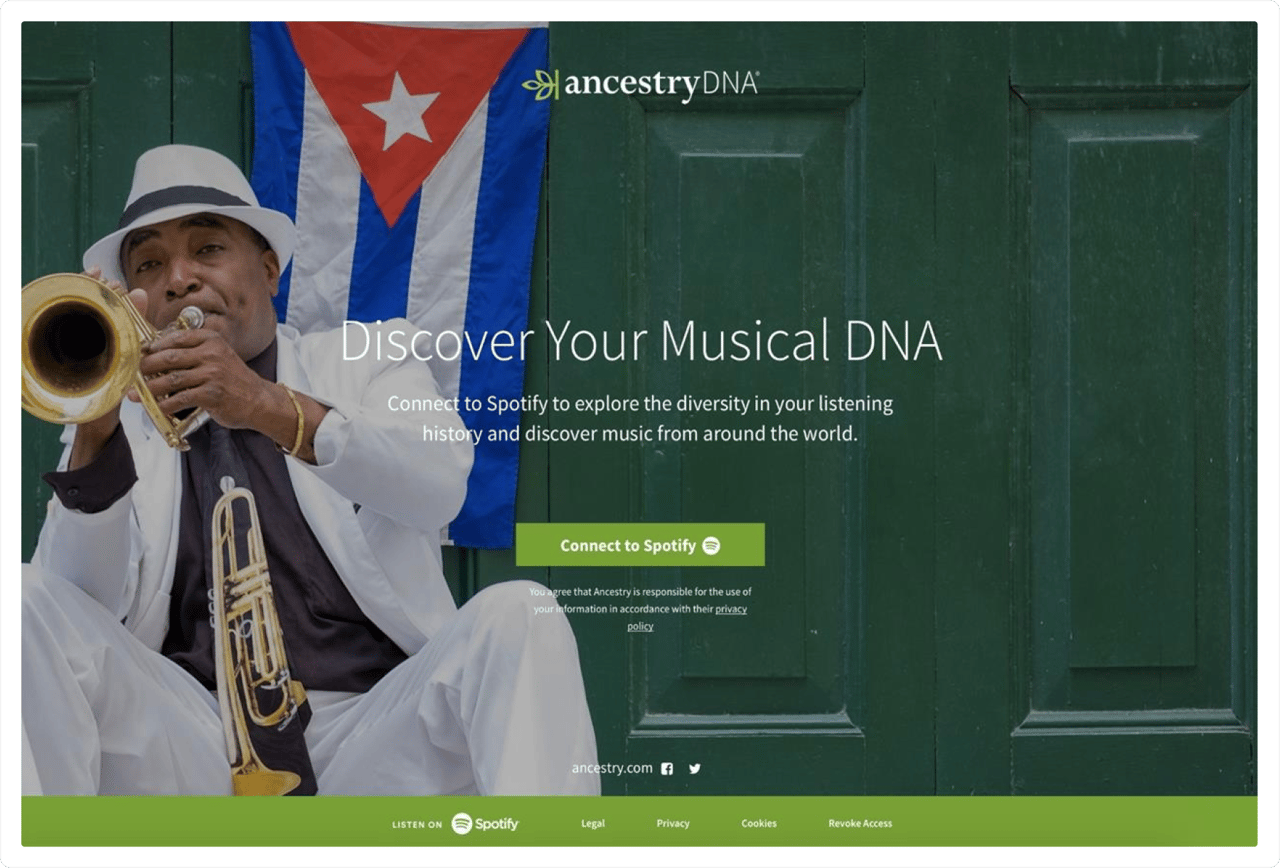

Source: Ancestry
This format is ideal for brands with overlapping values who want to extend reach through content and storytelling. Their business goals are met, and all while maintaining good brand health.
Event or experience brand collaborations
Pop-ups, launch parties, IRL installations, or digital activations—experience-based partnerships help brands create buzz and build emotional connection.
For instance, Glossier x Rhea hosted a co-branded wellness lounge during SXSW, attracting a shared audience of creators and self-care enthusiasts. These collaborations are best for brands looking to deepen engagement, power up their brand reputation, and offer something immersive.


Source: Eater
Cause-based partnerships
When two or more businesses align around a social cause, the partnership becomes more than just a marketing play. Ben & Jerry’s x Colin Kaepernick is one of the most cited examples, but smaller collabs—like Allbirds x Adidas for low-carbon footwear—show how sustainability or advocacy goals can unite brands in powerful ways. Choose this route when the purpose is central to both brands’ missions.
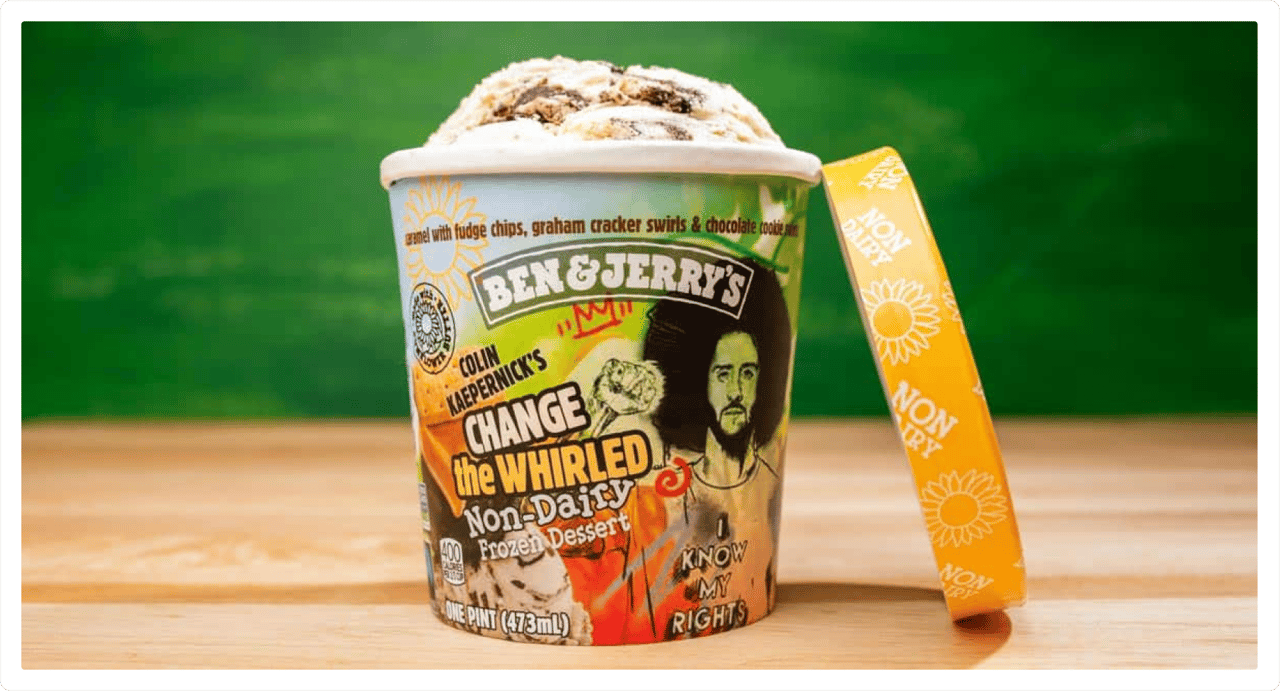

Source: Ben&Jerry's
Influencer or creator-led brand pairings
In some cases, the “bridge” between brands is a creator with credibility in both worlds.
Let's remember Emma Chamberlain promoting both luxury labels and coffee brands, or Charli D’Amelio helping Dunkin connect with Gen Z while launching her own branded drink. These partnerships work well when the creator authentically fits both brand identities and can introduce each to a new fan base.
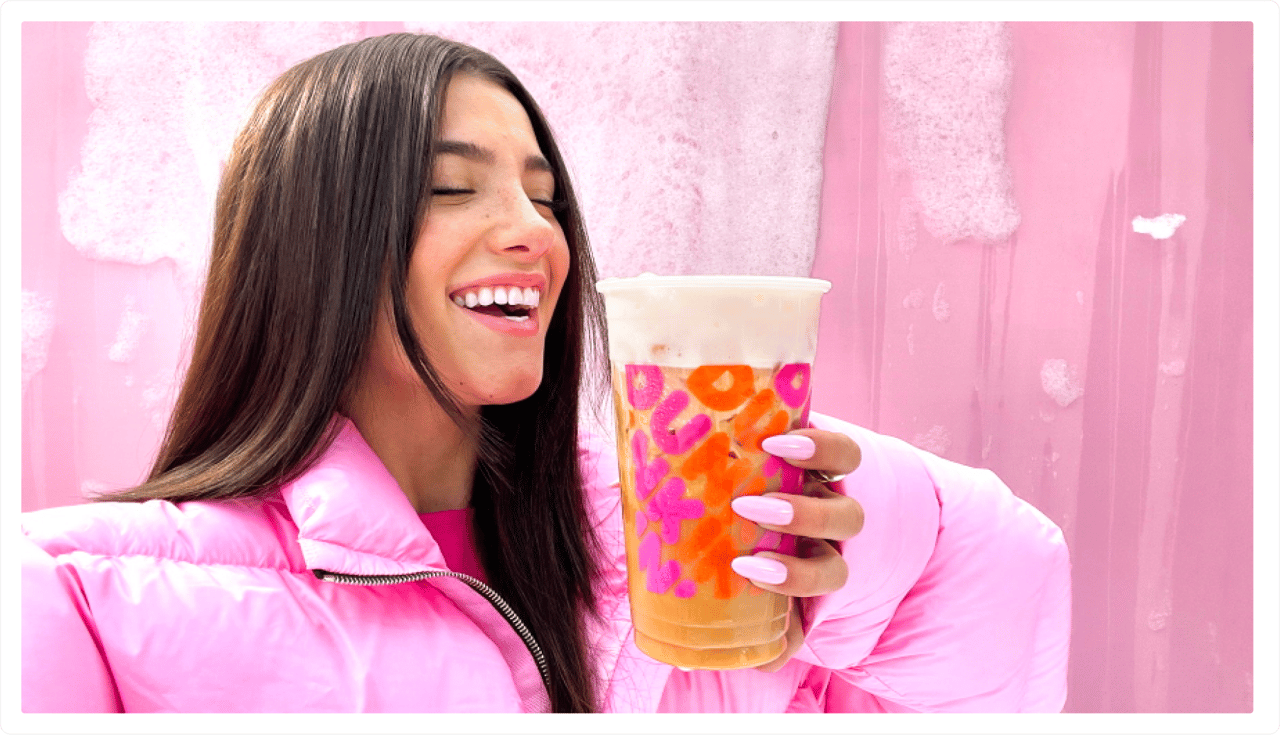

Source: Adweek
What makes a brand partnership successful
Not every partnership works, even if both brands are household names. The most impactful collaborations share a few key traits that set them apart. Here’s what to get right:
Audience alignment
The best partnerships happen when both brands speak to a similar (or complementary) audience. If your communities overlap in lifestyle, values, or interests, you’re more likely to generate real engagement, not just clicks. Tools like YouScan can help discover influencers and analyze a brand's audience demographics and affinities before you commit.
Cultural or emotional fit
Beyond numbers, a good partnership needs to feel right. A high-fashion brand and a meme account might share the same demographic, but not the same tone that drives organic content. Look for alignment in mission, energy, or worldview.
To understand where we are heading, consider Red Bull x GoPro—the shared DNA of adrenaline and action made it an unbeatable match. They delivered exactly what their target audience would have wanted.

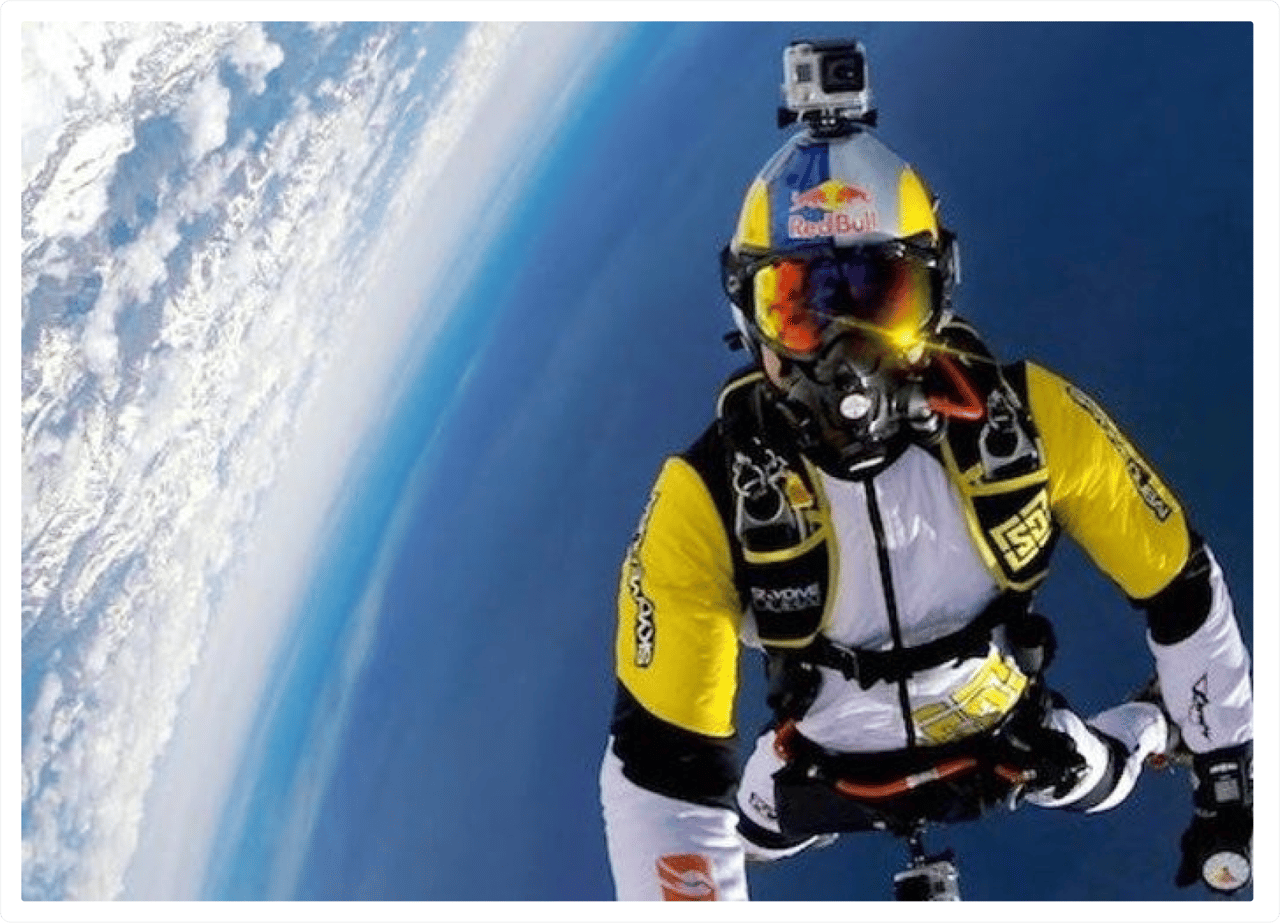
Source: Pulse
Clear goals for your next partnership
Without clarity on what success looks like, even the most creative collaboration can underperform. Whether you're aiming for reach, engagement, sales, or content creation, define KPIs up front. Post-launch, use sentiment analysis and share of voice tracking to measure impact—something YouScan supports in real time.
Authenticity
If a partnership feels forced, your audience will be the first to call it out. Today’s consumers are quick to reject anything that looks like a cash grab. Authentic partnerships reflect mutual respect and genuine creative synergy, not just a contract and a logo swap.
Create content that speaks from the heart and stays genuine to the values of you and your partner. This is what makes it a win-win scenario.
For example, Coca-Cola x Marvel’s Avengers used character fandom to create a co-branded collectible moment, leveraging Coca-Cola’s global distribution and Marvel’s cultural power. They spoke to their mutual Asia-Pacific target market and increased value for each other.

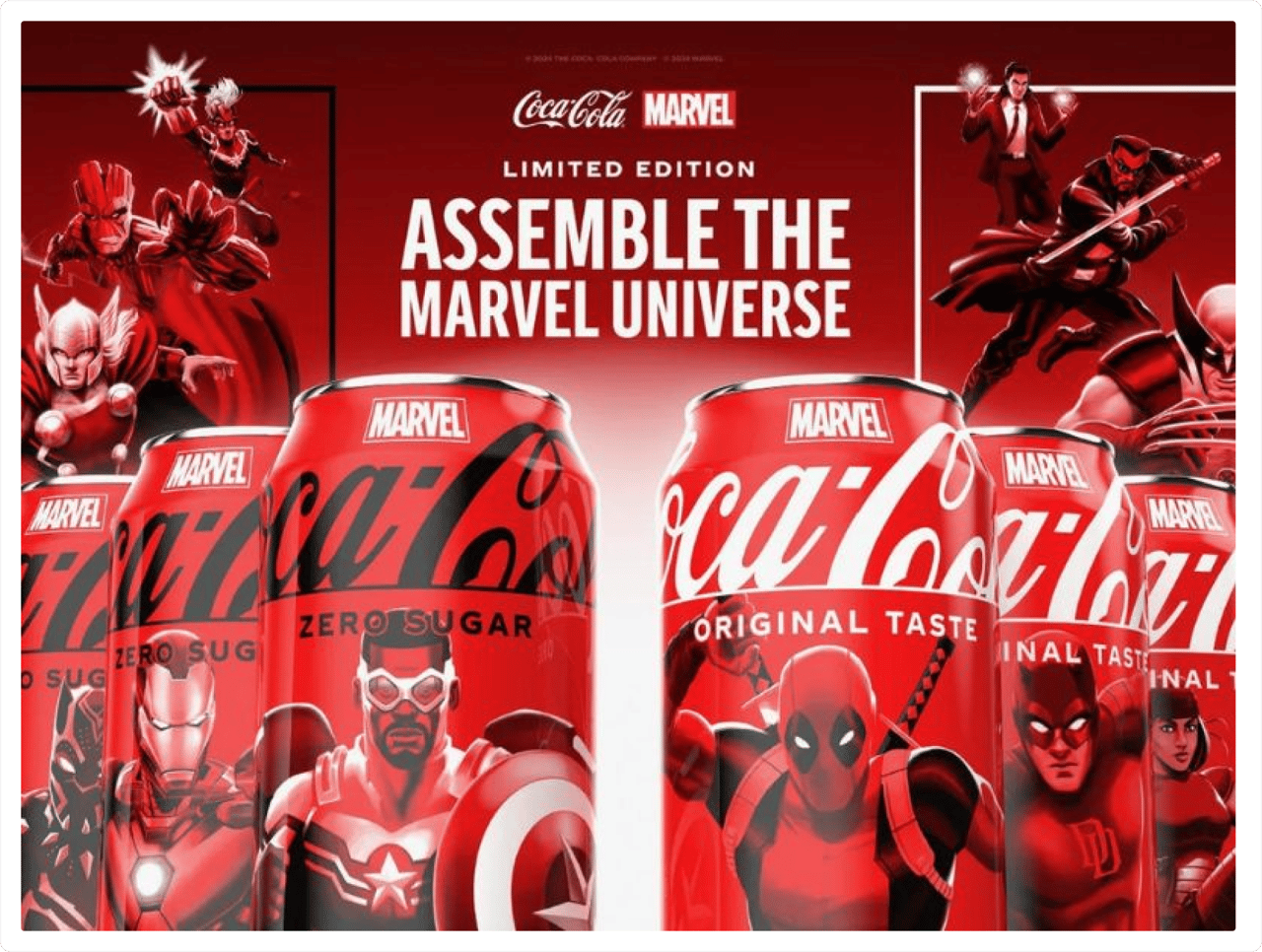
Source: The metal packager
Consistent execution
From visuals to copy to the influencer posts that go live on launch day, consistency matters. The rollout should feel unified, not like two brands shouting over each other. Successful partnerships look and sound cohesive, and that only happens with clear collaboration behind the scenes.
Whether you're planning your first co-branded campaign or fine-tuning your tenth, platforms like YouScan can support you across the entire cycle—from spotting the right fit to evaluating what actually worked while monitoring your brand reputation.


How to identify potential brand partners using data
Choosing the right partner isn’t just about liking their aesthetic—it’s about strategic fit. With the right data, you can move from guessing to knowing. Here’s how to use social media intelligence to find (and validate) brand partnerships that actually make sense.
Step 1: Understand your own audience
Before looking outward, look inward. Use social listening tools to analyze who’s already talking about your brand.
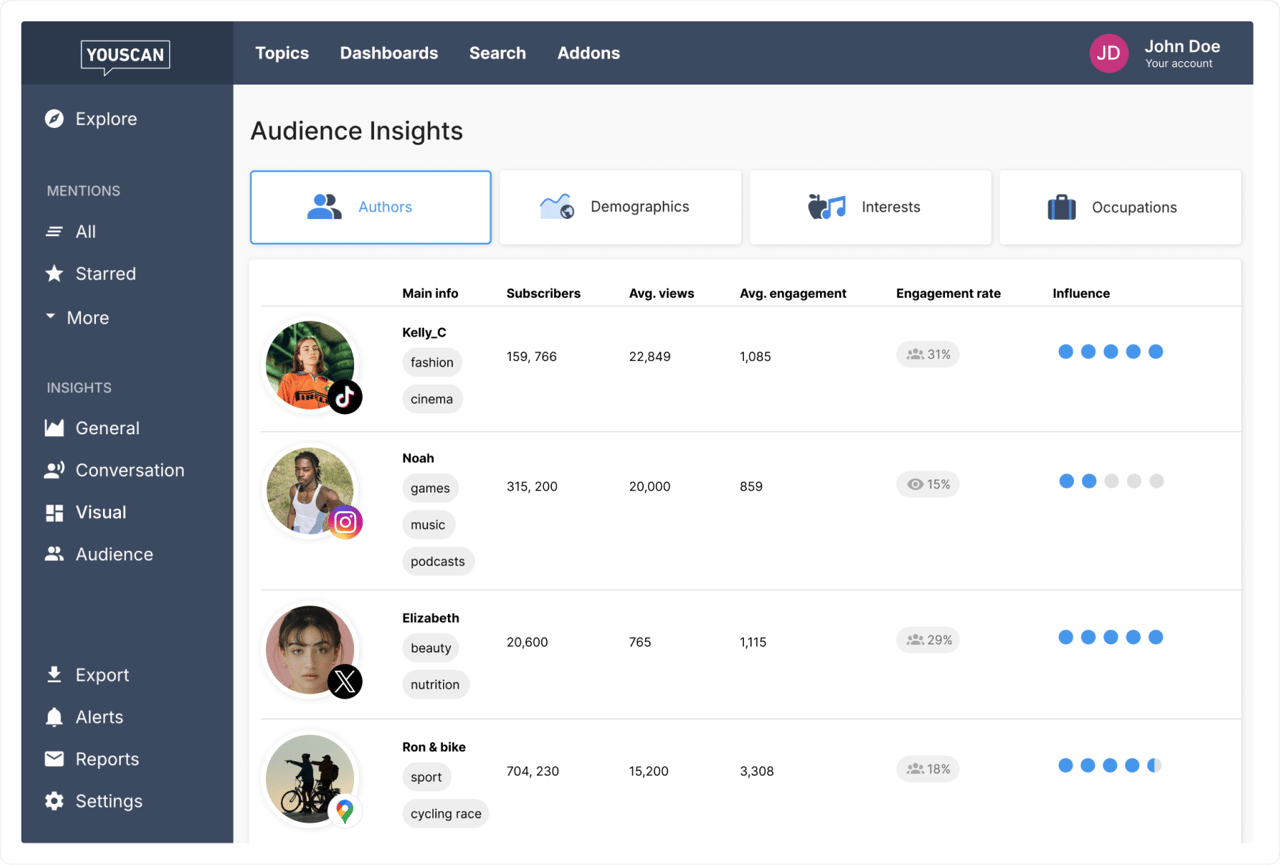

Source: YouScan
What are their interests, values, and purchase behaviors?
Which other brands, creators, or trends do they engage with?
Tools like YouScan break down your audience by demographics, passion points, and visual context, giving you a clear view of what they care about beyond your own brand.
Step 2: Spot overlapping or complementary communities
Once you know your audience, you can start identifying brands that serve the same (or adjacent) communities.
Do your followers also mention a certain skincare, beverage, or fashion brand?
Is there a brand your audience already interacts with that you haven’t partnered with yet?
These patterns often hint at synergy—the kind that makes co-branded campaigns feel natural and well-received.
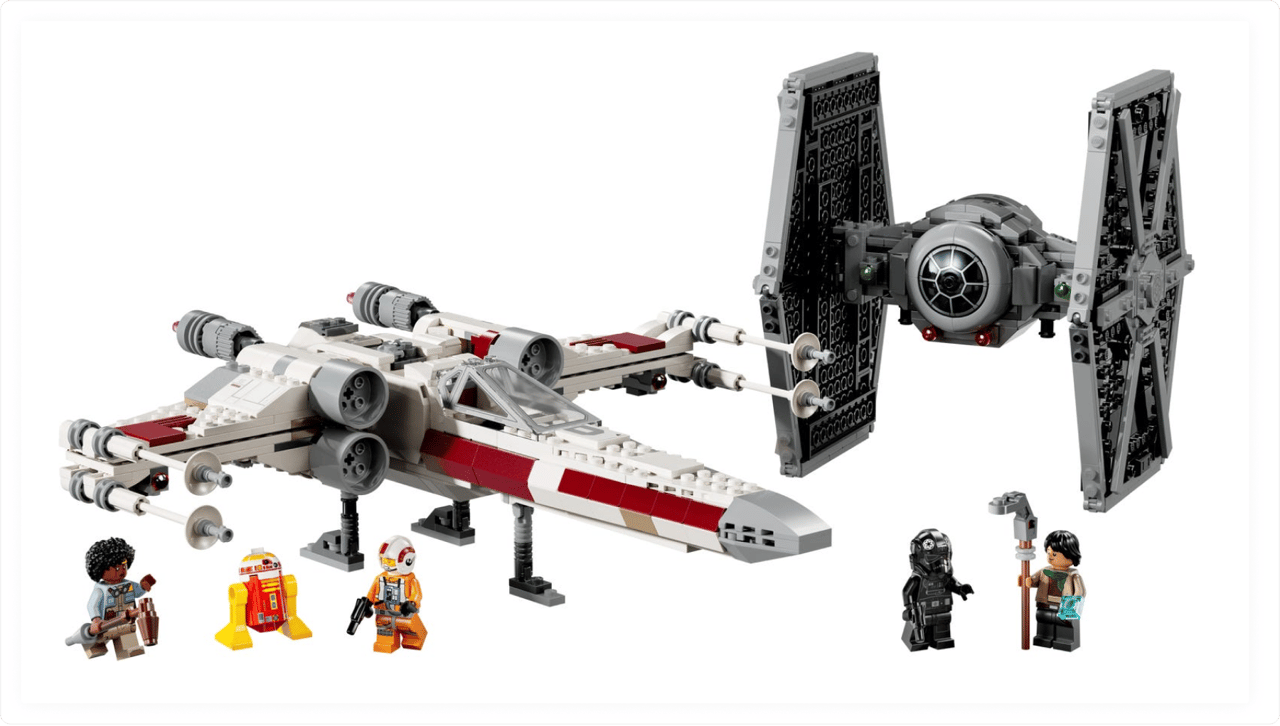

Source: LEGO
Step 3: Track what’s trending in your space
Stay on top of emerging topics, aesthetics, or behaviors that your audience is engaging with.
Are “quiet luxury” or “digital minimalism” gaining traction in your niche?
Is there a cultural movement, meme, or cause your audience is rallying around?
Social listening helps you spot these shifts early, analyze trends, and find brands already associated with them.
Step 4: Monitor competitor collaborations
It all starts with good old competitor analysis. Watch how other brands in your category are partnering—and how those partnerships are landing.
What worked? What didn’t?
Which brands are your competitors aligning with, and where is there whitespace?
This kind of benchmarking reveals gaps you can fill or new angles you can explore.
Step 5: Validate ideas before you pitch
Before reaching out to a potential partner, test the waters.
Track sentiment and mentions around past campaigns from both brands.
Look for any red flags in community perception.
A tool like YouScan can help you spot potential mismatches or confirm that the collaboration would feel exciting, not confusing, to your shared audience.
Smart partnerships start with smart data. Social listening gives you the insights you need to move confidently—and avoid the cringe of a bad-fit collab.
Measuring the impact of a brand partnership
Launching a brand partnership is only half the job—the real value comes from measuring how it performs. Tracking the right metrics helps you understand what worked, what didn’t, and how to improve next time.
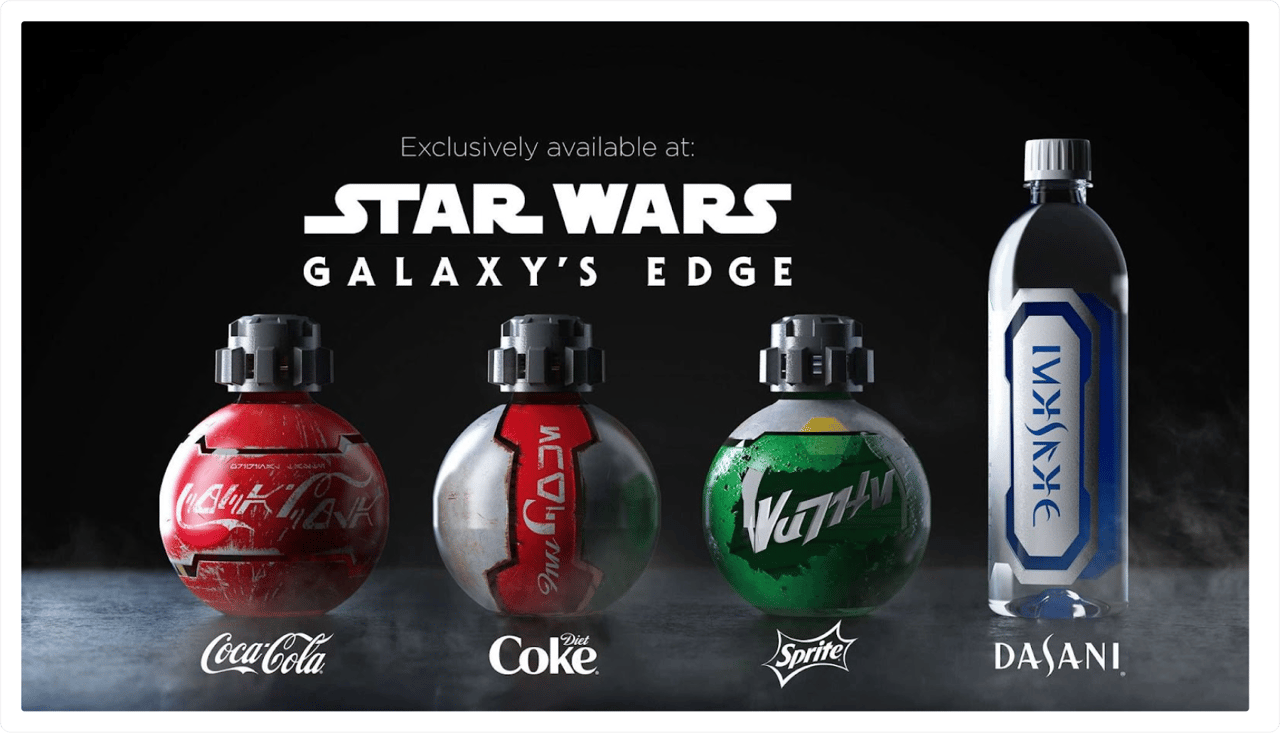

Source: People
Here are the key indicators to keep an eye on:
Engagement volume and sentiment – Track how many people are talking about the partnership, and how they feel about it. High volume with negative sentiment is a red flag. Social listening tools can help break this down by tone, emotion, and topic.
Branded hashtag performance – If your campaign includes a branded hashtag, monitor social media for its reach, engagement, and content quality. Are people using it in meaningful ways? Is it sparking conversation, or just filler?
Share of voice compared to competitors – Look at how your partnership impacted your visibility relative to others in your space. Did you capture a larger share of the conversation during launch week? Did your campaign outperform a competitor’s recent collab?
Audience growth or new segments reached – Did the campaign attract new followers, subscribers, or customers? Were they from your existing niche, or a completely new demographic introduced by your partner?
Referral traffic, content UGC, or media coverage – Check how much traffic your website, landing page, or store received from your partner’s channels. Count how many pieces of user-generated content (UGC) were created. And don’t forget earned media—was your partnership picked up by the press or blogs?
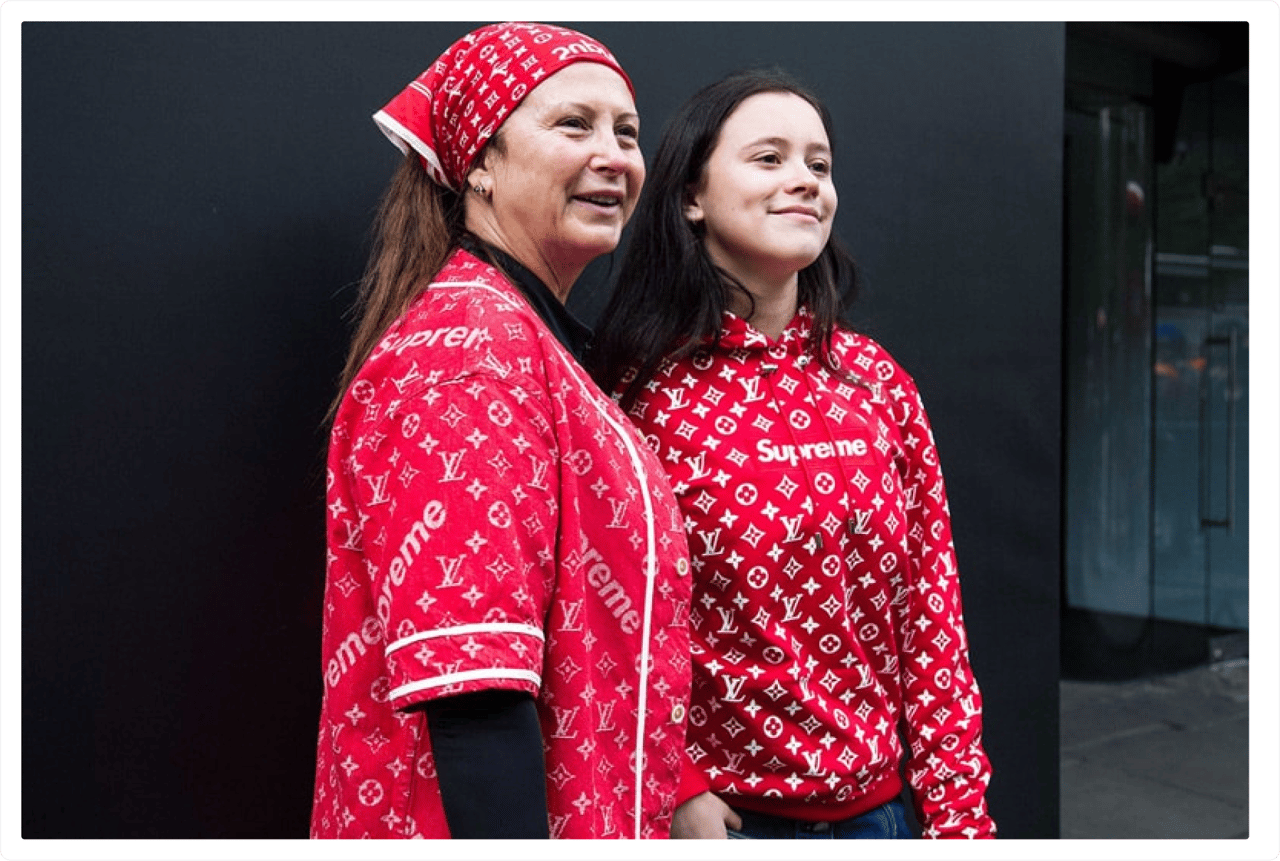

Source: Hypebeast
Most importantly, track reactions in real time. If something isn’t landing the way you expected, you can pivot—or at least learn. Monitor audience feedback as it unfolds, catch issues early, prevent crisis situations, and optimize future campaigns with confidence.
Final thoughts: Brand partnerships are smarter when they’re data-led
The most successful brand partnerships don’t happen by accident. They’re the result of shared values, strategic alignment, and deep audience insight—not just a flashy logo mashup or viral moment.
In 2025, the smartest marketers aren’t chasing hype. They’re listening. They’re using data to understand what their audience truly cares about, who else holds their attention, and how collaborations can bring real value on both sides.
Social listening tools like YouScan give you the power to do exactly that—from identifying the right partner to tracking performance in real time.
Want to build brand partnerships that actually work? Get a demo of YouScan and discover how audience intelligence can turn your next collab into your best yet.
FAQs
What is a brand partnership?
A brand partnership is a strategic collaboration between two or more brands to create a shared product, campaign, or experience. The goal is to combine audiences, strengths, and messaging to generate mutual value—whether that’s awareness, engagement, or sales.
What are the best brand partnerships?
Some of the most successful brand partnerships include Supreme x Louis Vuitton, LEGO x Adidas, and Crocs x Taco Bell. These worked because they aligned creatively and culturally, introduced each brand to a new audience, and sparked organic buzz across channels.
How do I find brand partnerships?
Start by analyzing your audience and identifying brands they already follow or engage with. Social listening tools like YouScan help you uncover overlaps, monitor trending conversations, and validate potential partners based on real data, not just gut feeling.
What is a brand partnership job?
A brand partnership role typically involves identifying, negotiating, and managing collaborations between brands. It combines strategy, marketing, and relationship management, and often includes analyzing performance, developing creative concepts, and aligning goals across teams.

